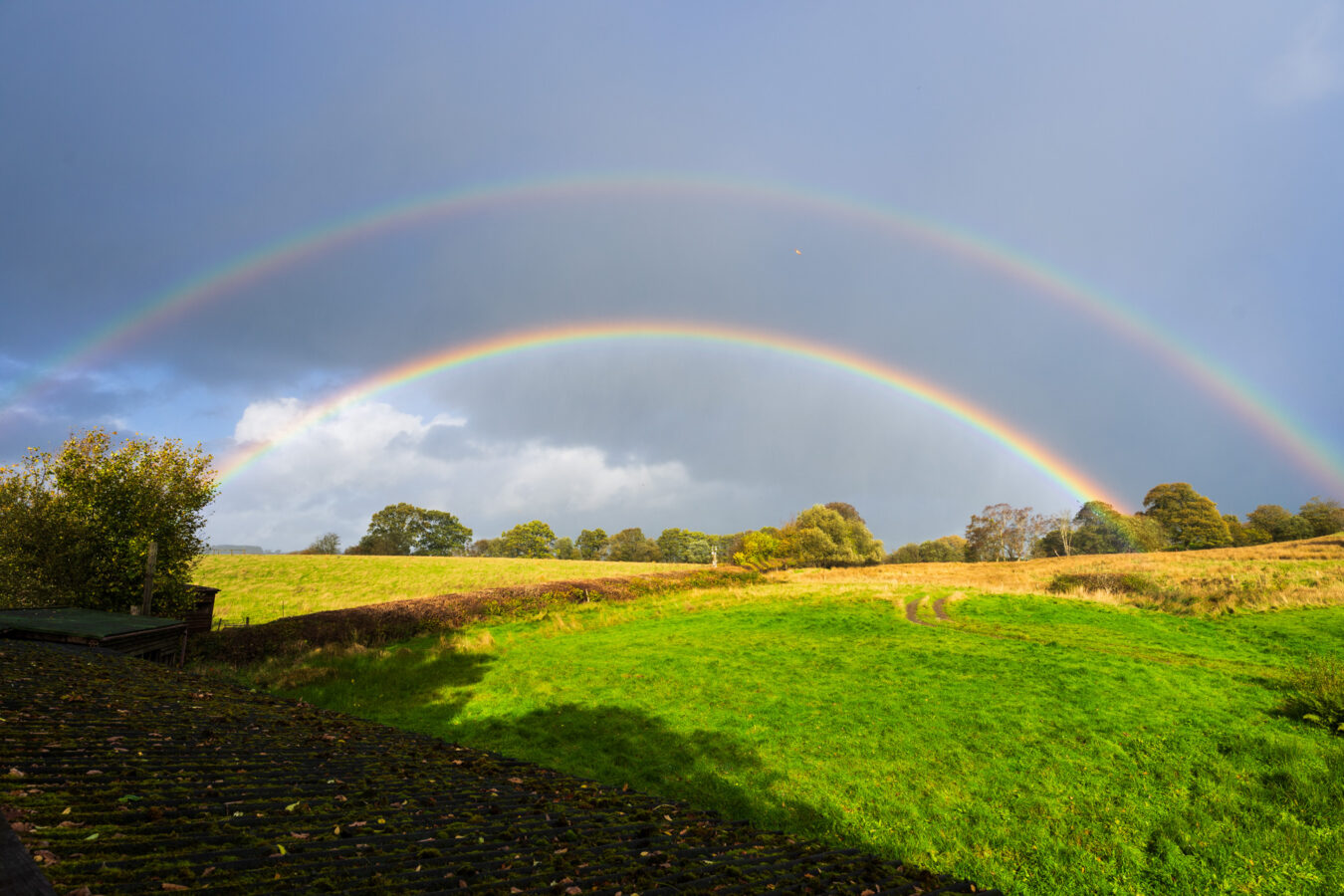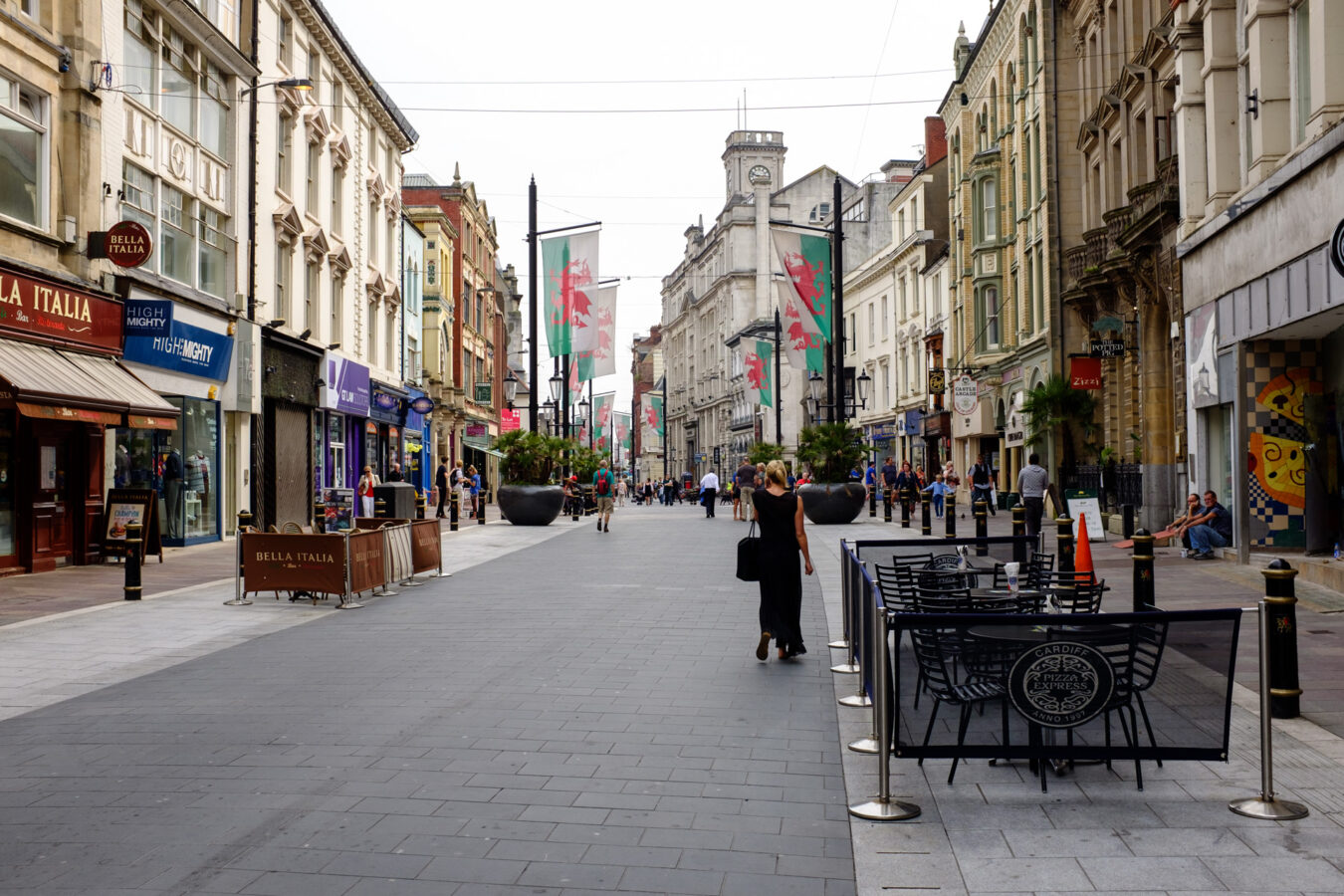We’re Heather and Mat. We fell in love with Wales while holidaying in the summer and decided to move to the country over 10 years ago. We Travel Wales is our personal tribute to this beautiful part of the world, which we are fortunate to call home. We love exploring the picturesque villages and immersing ourselves in nature, as well as taking advantage of the ever-changing light to capture beautiful photographs. You can read more about us here.
Below, you’ll find basic information to get started: things to know about Wales before you visit, how to travel to and around the country, the most popular destinations, helpful content we have on the website, and all the links you need to contact us and join our community.

About Wales

Wales is part of the United Kingdom, along with England, Scotland, and Northern Ireland. Throughout history, it has been home to European Celtic tribes, Roman and Saxon invaders, and people from all over the world who have settled here.
Wales is renowned for its coastal path that stretches along the entire coastline of the country, its rolling hills, and its mountainous national parks. It is also known as the castle capital of the world, boasting over 600 sites—more castles per square mile than any other European country. Many of these castles are still open to visitors today, and some even offer overnight accommodations.
Wales has a rich Celtic culture and a distinctive identity. Many famous actors, singers, and artists have Welsh origins, including Anthony Hopkins, Tom Jones, Roald Dahl, to name a few.
It has a population of 3.1 million people. The national sport is rugby, and national symbols include the daffodil, the leek, and the dragon, which also dominates the national flag.

Quick Facts About Wales
Cardiff is the capital of Wales and one of its seven cities. The capital and its surroundings are the most densely populated area of the country.
The distance between North and South Wales is 170 miles (270 km), while West and East are separated by 60 miles (97 km). This makes it easy to travel across the country in a relatively short period of time and experience its diverse landscapes and towns, each with their unique characteristics.
The currency is the Pound Sterling. Most places accept card and contactless payments, including popular international payment networks such as Visa and Mastercard. However, beware you will encounter the occasional shop or takeaway restaurant that only takes cash.
Wales has two official languages: Welsh and English. You will see bilingual usage everywhere, from road and train signs to tourist offices and leaflets. Do not worry about needing to speak Welsh; everyone speaks English in Wales. However, we do encourage you to learn a few Welsh words and phrases! Check out our sister site, We Learn Welsh, to find out more!
The time zone is GMT in winter and GMT+1 in the summer. GMT (Greenwich Mean Time) is also known as Western European Time or UTC in winter, while GMT+1 is also called British Summer Time (BST).
You drive on the left side of the road in Wales, as well as the rest of the UK.
The voltage is 230 volts and the frequency is 50 Hz (like the rest of Europe). You will find the electric plug type G, which has three rectangular pins in a triangular pattern. Note that this plug is used only in the UK, Cyprus, Malta, and Ireland, but not in other European countries. Adapters can be found at airports and major railway stations or purchased online if you want to get them beforehand.

How Easy It Is to Travel To and Around Wales?
There are various options for trains, buses, and even ferries if you are coming from Ireland, in addition to renting a car. However, some areas are better served than others, so it really depends on your itinerary and how many different places you want to visit during your stay. The main factor that will influence your travel with public transport is when traveling North to South on the west part of the country.
There is only one main airport in Wales, but other airports in England are not far and offer direct connections to enter the country.
This topic deserves its own separate page, so make sure to visit our guide on how to travel to and around Wales.

When is the best time to visit Wales?
The period between May and September is optimal because you can take full advantage of long days (more daylight). During this time, the country gradually transitions into holiday season mode, meaning that everything is open, and there are plenty of activities and things to do everywhere, especially in the peak summer holiday months.
If you have the chance, plan your visit before the summer break, between school holidays, to avoid the peak influx of tourists and holidaymakers. Weekends can be busy, but weekdays will be quieter with less traffic. You can check the school holiday dates on the Welsh Government website.
The ideal time to visit can also be extended from late February to the end of October. Some may say that the weather is more capricious in early spring and fall, but after living here for over ten years, the one thing you learn is that Welsh weather can’t be easily predicted, and it can vary from one year to the next. I wouldn’t try to plan holidays around it.
Visiting during the winter months can be a unique experience, with beautiful daylight adding to the charm. As the sun sits lower in the sky, the light is softer and warmer, creating distinctive colours and contrasts you won’t find in the summer months—if you’re lucky enough to get a sunny day, that is! Many activities and businesses remain open in the weeks leading up to Christmas and New Year’s Eve. However, January is generally the one month to avoid—not necessarily because of the cold, but because most things are closed, and daylight fades as early as 4 pm.

What is the Weather like in Wales?
Generally, Wales offers a temperate maritime climate but can be quite capricious with rain. It’s unusual to have non-stop rain lasting for several days. A typical day of variable weather in Wales starts with rain in the morning, followed by clouds, a bit of sun breaking through in the afternoon, and then rain again in the evening. However, you can also experience warm weeks of sunshine and blue skies, and every year is different.
Personally, I find that the capricious weather also leads to spectacular light and landscapes filled with rainbows. I will always remember one day in late April when I was greeted with rain, hail, and sun in less than 20 minutes!
Temperatures rarely drop below zero in the winter and typically stay around 20°C in the summer, although there can be weeks when heatwaves push the thermometer over 30°C.

What about Wifi and Sim Cards?
Large cities have hotspots you can connect to, and many public infrastructures, museums, cafes, and restaurants offer WiFi to customers, including in more rural areas.
European travellers may be able to use their 4G and 5G roaming at no extra cost, but that will depend on their mobile operator and any changes they may have made to roaming allowances after Brexit. For example, we have regular visitors from Italy and they are able to use their Italian SIM card without incurring extra costs. However, this could change, and different companies or country operators might have different rules. Check with your European provider to see what your options are.
Another solution, especially for people visiting from another continent, is to get a prepaid SIM card (available at the airport or a phone store) or an eSIM card (online only). This guide on TravelTomTom is a great starting point.
Note that 4G and 5G signals are good in big cities like Cardiff, but elsewhere it can be a bit unreliable. Overall, I’ve been fine using my mobile network for the past ten years, but there can be hiccups. Don’t expect full signal everywhere, and some rural places may have no connection at all.

Where Should I Go First?
The answer to that question will largely depend on how much time you’re staying, what kind of holiday you seek, and whether you’re traveling alone or with family.
Everyone has different interests. I believe the best Wales has to offer is found in nature, mountainous landscapes, picturesque villages, and seaside towns. However, some of you may want to explore the cities or look for specific activities.
Whatever your preferences, I would start by saying you have to see at least one castle (Conwy is my favourite, but there are many to choose from). If you have kids, definitely take a ride on a preserved steam train, such as the Talyllyn Railway or the Ffestiniog Railway. And if you are a hobbyist photographer with a decent zoom lens, visit a red kite feeding station.
Below are a few suggestions for where to start, featuring the most iconic and “must-see” locations (in no particular order). If you stay for over three weeks, you might be able to explore most of them!
Visit the capital city, Cardiff

Discover the colours of Pembrokeshire

Explore Eryri National Park (Snowdonia)

Go up North

Join our community
We would love to see you become part of our community by signing up for our newsletter and joining our Facebook group.
As a subscriber, you’ll receive stories about the locations we explore, travel tips, and more, directly in your inbox.
Our Facebook group is a great place to connect with fellow travellers, share your experiences, and get inspired by others’ adventures.
We’re also on Instagram and YouTube!
We love receiving your feedback and are always here to answer any questions you may have.
Thank you, and let’s explore and celebrate the beauty of Wales together!

